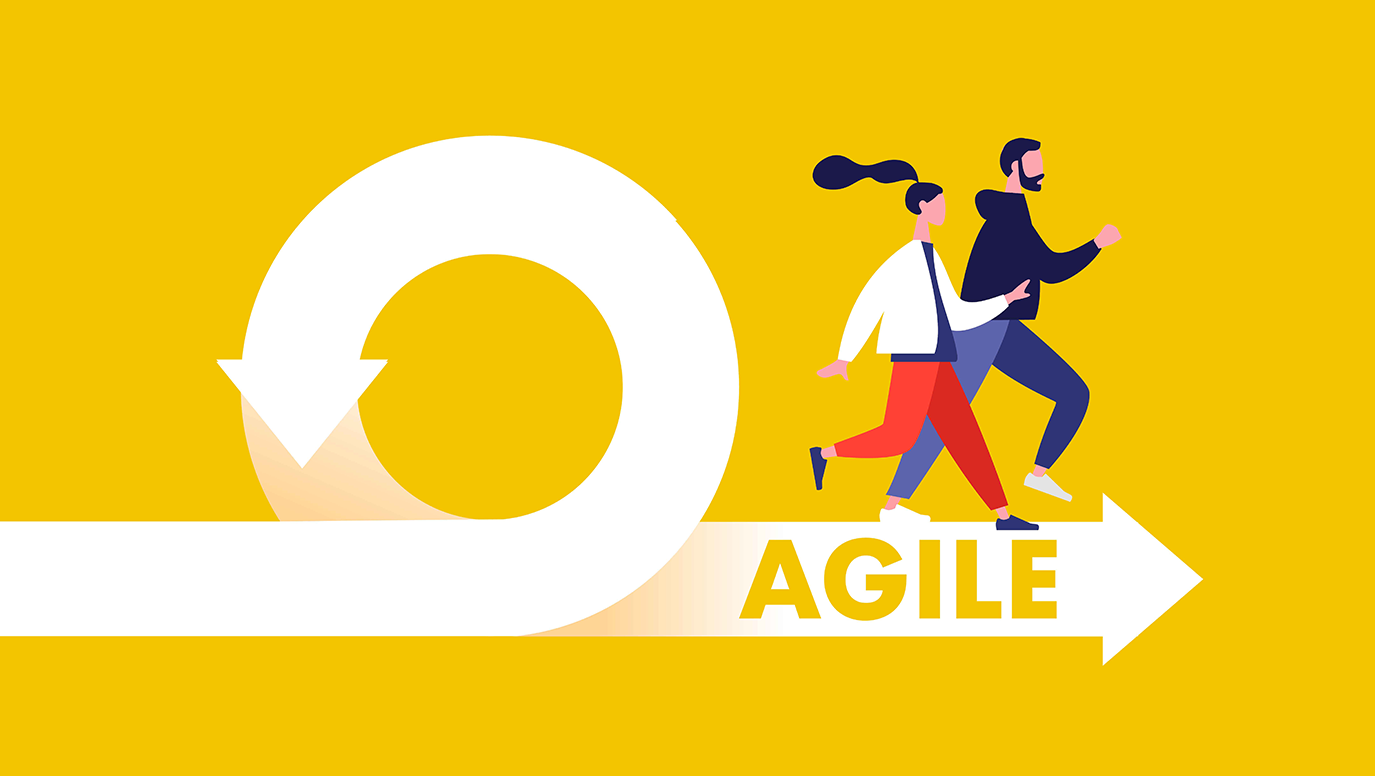
Implementation of the agile methodology by Human Resources
Do you know the Agile methodology? Human resources as a key element in its implementation
The agile methodology is a philosophy that implies a different way of working and organising. Its incorporation into projects involves dividing the project to be tackled into small parts and these, in turn, have to be completed and delivered in a short period of time. As a result, it responds to the needs of clients who see how their priorities change at great speed.
Why is it so difficult to adopt this methodology in organizations?
One of the questions we ask ourselves at this point is why agile transformations are so difficult to establish in organisations, since according to the BACometer on Agile adoption in Spain, the adoption of this methodology beyond the IT sphere would entail tangible changes in the way companies work, highlighting the speed of delivery, improved team relations and continuous adaptation to customer needs.
What would be the best way to deal with the change to an agile methodology?
However, a cultural and mindset change is necessary, both on the part of the employee and the company, in order to implement these methodologies. It is up to human resources departments to facilitate the transition to change.
In general, VUCA environments are volatile, uncertain, ambiguous and facing them with agile methodologies is very complex and requires a certain degree of control, more structure, more restrictions and more planning, making the adoption of this methodology less effective than might be expected. This is because in work environments it is common to adopt a predict-and-plan approach, which originated in the context of Frederick Taylor’s modern organisations over 100 years ago.
Undoubtedly, the key to successfully implementing these agile methodologies in companies lies in a shift from a predictive and planned mentality to a “Sense-and-Respond” mentality, whereby once a range of data has been internalised, we act according to events. However, this is not an easy transition and this is demonstrated by the data from the latest State of Agile report, in which the main problem in the adoption of the Agile methodology is the generalised resistance to change on the part of companies (48%). This is where the human resources departments of companies must act as the vehicle that leads us to success.
In these areas, learning must be promoted, but above all the evolution of the individual. For this, it is necessary to learn new skills to be able to implement these agile methodologies, as it will be useful to apply new techniques in new work frameworks. In addition, the awareness of the leader, of the agile practitioner, of the person, must also evolve in order to operate with the right mindset (Sense-and-Respond), and this is not possible without the evolution of the person and his or her mindset. This will help us to grow the internal complexity, the way in which employees see and make sense of the situations they face.
Therefore, in conclusion, we can say that adopting agile methodologies requires a deep change in the employee’s own mentality, which must be preceded by the leadership of the human resources department, which will provide the required tools for the integral adoption of this methodology and, consequently, for the optimisation of the company’s operation, as well as for the employee’s personal and professional growth. All of this will ensure the incorporation of this methodology into their way of working.

